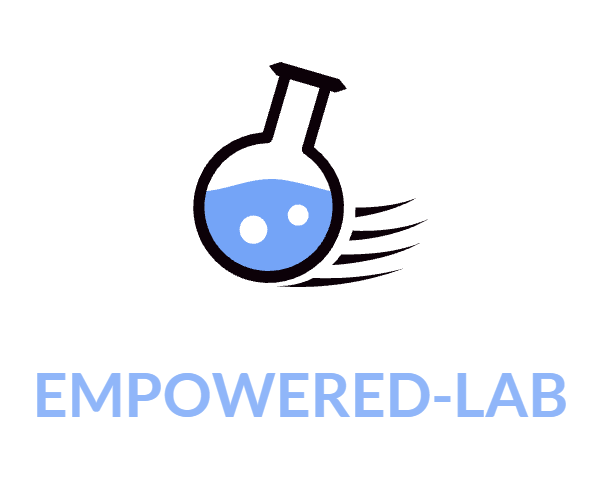Injection molding is a manufacturing process that has revolutionized industries. In this guide, we will dive deep into the capabilities, benefits, and applications of injection molding. Whether you're a seasoned professional or new to the world of manufacturing, this resource will provide valuable insights into the versatility and efficiency of injection molding.
Learn how it powers mass production, enables precision, and reduces material waste while offering high-quality, cost-effective solutions. For more information and a platform to learn more about injection moulding, visit Kemalmfg and discover how this process shapes our world.
Defining Injection Molding
At its core, melting a chosen material, typically plastic or metal, and injecting it into a mold or cavity. Once the material cools and solidifies, it takes the shape of the mold, resulting in a finished product or component.
The heart of the injection molding process is the injection molding machine. This machine includes a hopper where raw material is loaded, a heating element to melt the material, an injection unit, and a mold or cavity where the material is injected.
Capabilities of Injection Molding
Given factors show the capabilities of injection molding:
Mass Production
Injection molding is known for its high-production capabilities. It enables the rapid and cost-effective production of large quantities of identical or highly precise components. Whether it's producing thousands of simple components or intricate parts with intricate geometries, injection molding excels at mass production.
Precision & Complexity
The process allows for high precision and intricate designs. The ability to create complex geometries and fine details with tight tolerances makes it an ideal choice for manufacturing parts that demand precision.
Material Versatility
Injection molding supports a wide range of materials, including various plastics, metals, ceramics, and more. This versatility ensures that the process can cater to a vast spectrum of industries and applications.
Cost-Efficiency
While the initial tooling or mold creation can be costly, the per-unit cost in high-volume production is significantly lower. This cost-efficiency is a driving force behind its widespread use.
Benefits of Injection Molding
Here are the benefits of injection molding:
High Efficiency
Injection molding is a highly efficient process. It offers rapid cycle times, minimizing production lead times. The automated nature of the process also reduces labor costs and the potential for errors.
Reduced Material Waste
The precision of injection molding minimizes material waste, making it an environmentally friendly choice. Any excess material can often be reprocessed for future use.
High-Quality Output
The process consistently produces high-quality, uniform parts with minimal variation. This is crucial for industries where product consistency is paramount, such as medical devices or automotive components.
Versatility in Design
Design flexibility is a significant advantage. Injection molding accommodates various shapes, sizes, and material choices, giving designers the freedom to create innovative solutions.
Applications of Injection Molding
Applications of injection molding are as below:
- Injection molding is instrumental in the automotive industry, producing a wide array of components such as dashboards, bumpers, interior trim, and more.
- The healthcare sector relies on injection molding for the production of critical components like syringes, surgical instruments, and even medical device casings.
- From plastic bottle caps to electronic device casings, injection molding is the go-to method for manufacturing everyday consumer goods. Its capacity for high-volume production ensures a steady supply of products to meet consumer demands.
- The aerospace industry utilizes injection molding to produce lightweight and durable components, including those used in aircraft interiors, avionics, and more. The process's ability to create complex geometries while maintaining structural integrity is a significant advantage.
Conclusion
Injection molding is a transformative manufacturing process that underpins the production of countless components across diverse industries. Its capabilities in mass production, precision, material versatility, and cost-efficiency have made it an integral part of modern manufacturing. The benefits of efficiency, reduced waste, high-quality output, and design versatility make it a preferred choice for numerous applications.


